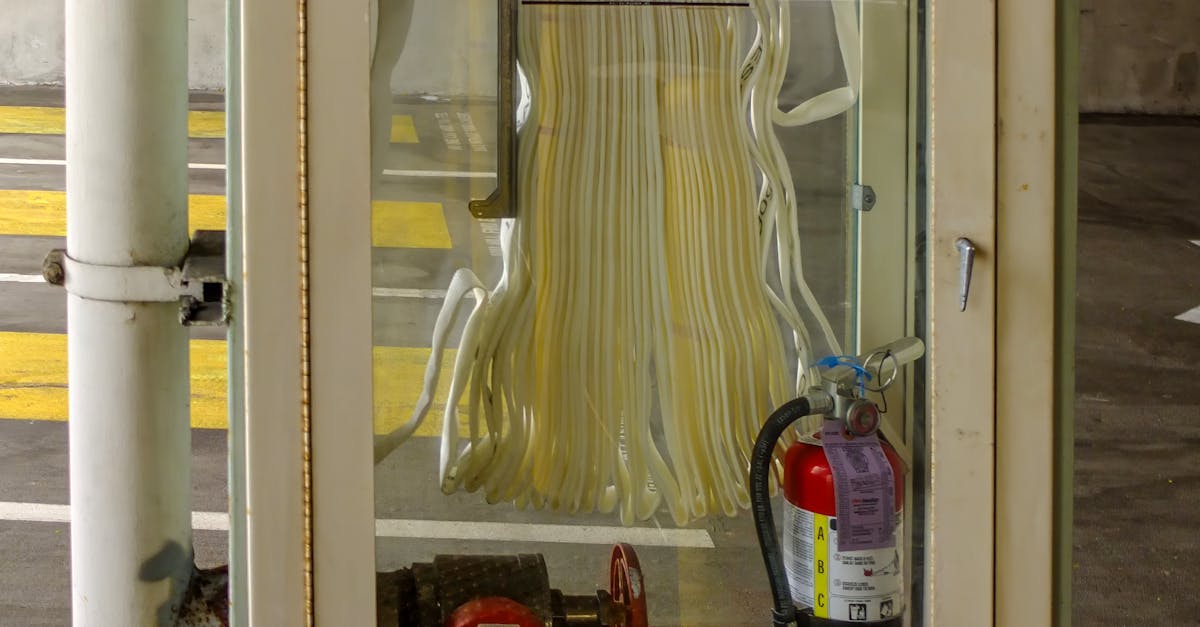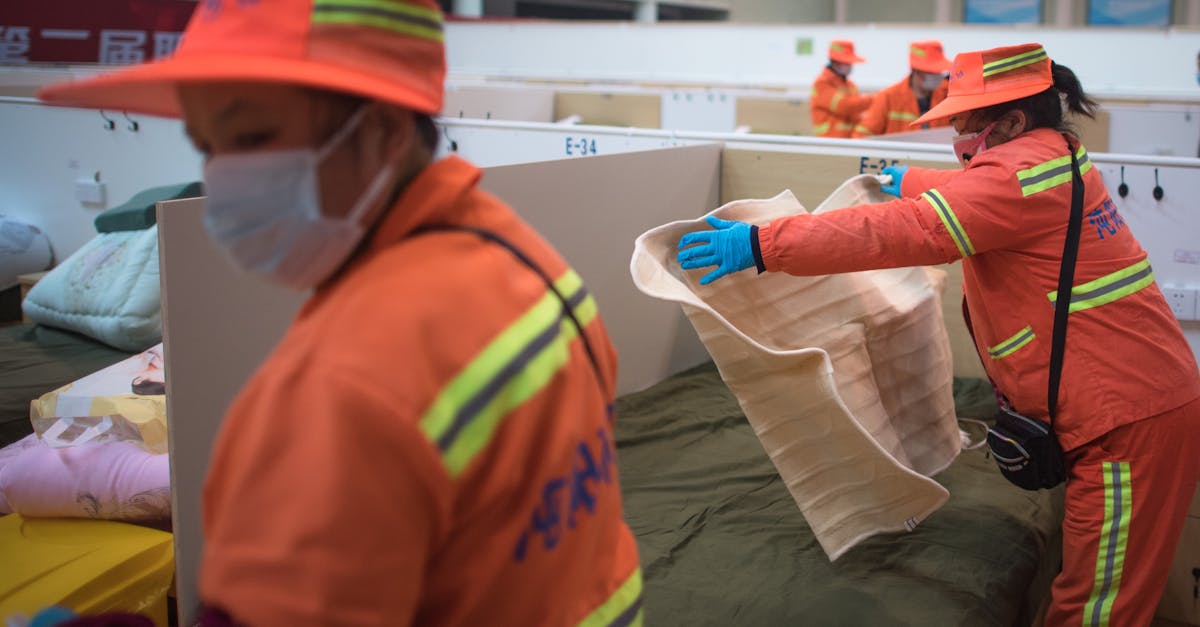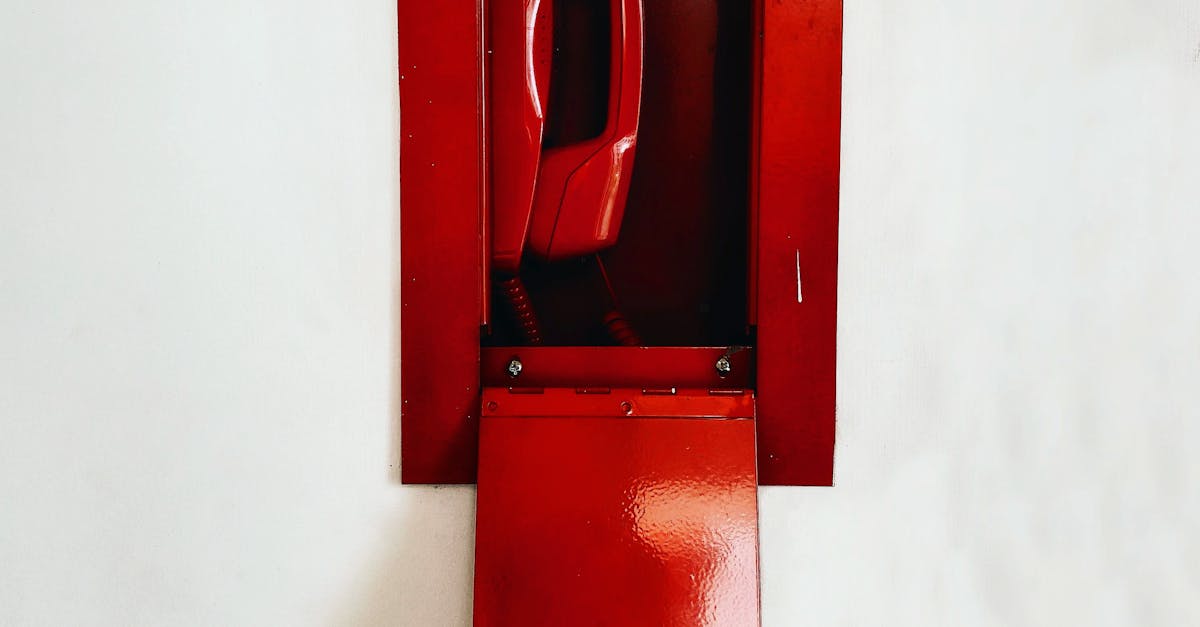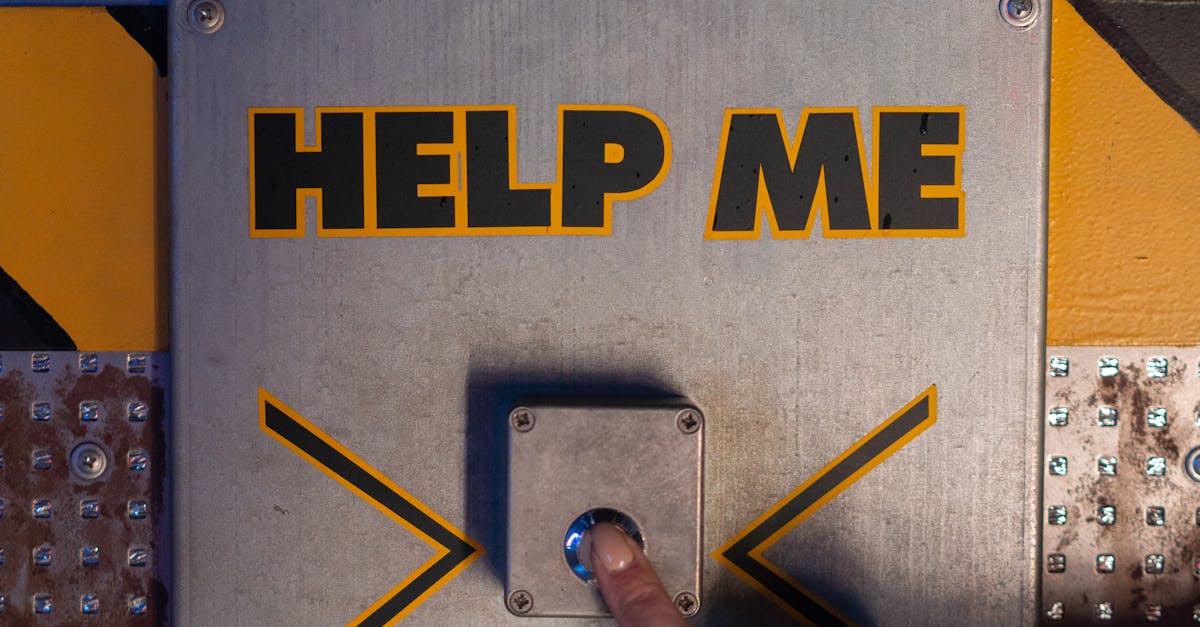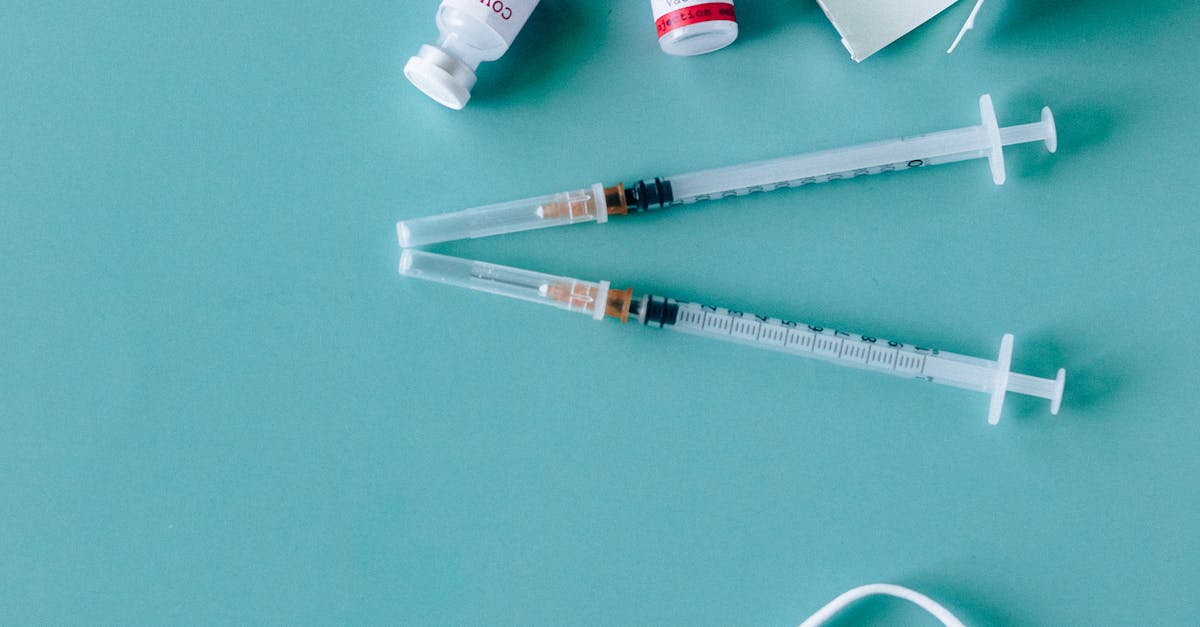
Table Of Contents
Using a Plunger
A plunger can be an essential tool for drain cleaning, providing a straightforward method for addressing minor clogs. Position the plunger over the drain, ensuring a tight seal. The key is to use firm, quick thrusts. This creates pressure variations that can dislodge the blockage. It's important to maintain the seal throughout the process for the best results.
After a few vigorous plunges, test the drain by running hot water. Observe how well it flows. If the water begins to drain more freely, you've effectively cleared the obstruction. If the problem persists, further techniques may be required to achieve effective drain cleaning, possibly enlisting more specialised tools or products to tackle stubborn clogs.
Techniques for Effective Unclogging
When tackling a clog using a plunger, ensure you have the right type for the job. A standard cup plunger works well for sinks while a flange plunger is more suitable for toilets. Create a tight seal around the drain opening. Apply firm, even pressure as you push down and pull up. This technique generates a vacuum effect, helping to dislodge debris. If you find resistance, maintain the rhythm for several cycles; persistence often leads to success.
For those who prefer chemical options, drain cleaning products can offer a solution. However, it is crucial to select eco-friendly versions that do not harm plumbing systems or the environment. Always follow label instructions carefully to avoid mishaps. Alternatively, a mixture of baking soda and vinegar can provide a natural approach to unclogging. Pouring this solution down the drain creates a fizzy reaction that can break down build-up without harsh chemicals, making it a popular choice for regular maintenance.
Regular Drain Cleaning Habits
Regular drain cleaning is essential for maintaining the efficient flow of water in your plumbing system. Simple practices like flushing drains with hot water on a regular basis can help dissolve grease and soap residue. Consider using a mixture of baking soda and vinegar to keep drains fresh and prevent build-up. This natural approach is effective and avoids harmful chemicals that could damage your pipes over time.
Incorporating drain cleaning into your routine can save you from more serious issues down the track. Set reminders to perform maintenance every few months, especially in areas prone to clogs. Regular checks can identify potential blockages early, allowing for prompt action. Keeping an eye on your drains helps sustain a healthy plumbing environment while also enhancing the overall hygiene of your home.
Preventative Measures to Implement
To maintain clear drains, regular maintenance is essential. Implementing a routine drain cleaning schedule can help prevent the build-up of grease, soap scum, and other debris that often contribute to clogs. Simple procedures, such as pouring boiling water down the drain occasionally, can help dissolve fatty materials and keep the pipes flowing smoothly. Additionally, using a mixture of vinegar and baking soda can provide a natural way to break down residue that accumulates over time.
Being mindful of what goes down the drain is also crucial in avoiding potential blockages. Install a mesh strainer to catch food particles in the kitchen sink, and make it a habit to dispose of fats and oils in the bin rather than pouring them down the drain. Regularly inspecting and cleaning the strainer will further ensure that any remnants don’t find their way into the plumbing system, which can significantly reduce the need for extensive drain cleaning efforts in the long run.
Avoiding Food Waste in Drains
Food waste can lead to significant plumbing issues and clogged drains. It is essential to consider the types of food scraps that are allowed down your sink. Items such as fibrous vegetables, coffee grounds and starchy foods like rice can easily create blockages. Taking a moment to dispose of these items in the compost or rubbish bin can save time and money on drain cleaning later.
Implementing a few preventive measures can significantly reduce the amount of food waste entering your drains. Installing a sink strainer can effectively catch larger particles before they enter the plumbing system. Regularly cleaning out the strainer will further help maintain clear drains. Being mindful of what goes down the sink and employing these strategies can contribute to a more efficient home plumbing system.
What Not to Put Down the Sink
Certain items can pose a significant risk to your plumbing system if disposed of in the sink. Grease and fats can solidify within pipes, leading to blockages. Coffee grounds may seem harmless but they can accumulate and create clogs over time. Additionally, fibrous materials, such as vegetable peels, can tangle and disrupt water flow. Regular drain cleaning becomes essential if these substances are frequently introduced into the sink.
It is essential to steer clear of chemicals, such as paint and solvents, as they can damage your plumbing and the environment. Even products labeled as “flushable” may not break down adequately, causing issues downstream. By avoiding these problematic items, you can maintain a clearer drain system and reduce the need for frequent drain cleaning interventions.
FAQS
What natural ingredients can I use to keep my drains clear?
You can use a mixture of baking soda and white vinegar. Pour half a cup of baking soda down the drain, followed by half a cup of vinegar. Let it sit for about 30 minutes, then flush with hot water.
How often should I clean my drains to prevent clogs?
It’s recommended to clean your drains at least once a month to prevent buildup and clogs.
Can I use commercial drain cleaners regularly?
While commercial drain cleaners can be effective, they contain harsh chemicals that may damage your pipes over time. It's best to use them sparingly and rely on natural methods when possible.
What should I avoid putting down the drain to prevent clogs?
You should avoid putting food waste, grease, coffee grounds, and fibrous materials like celery or potato peels down the drain, as these can contribute to clogs.
Is it safe to use a plunger on kitchen sinks?
Yes, using a plunger can be safe for kitchen sinks, but ensure you cover the overflow hole to create a proper seal. If you're unsure, consult a professional before proceeding.

